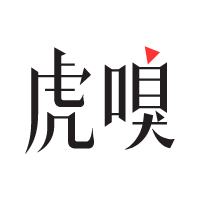

扫码打开虎嗅APP
Contributing Author Ed Connelly
Speaking to a reporter from China's on-line Economic Information, Li Jin, Vice President of China Enterprises Reform and Development Research Association, said that the State-Owned Assets Supervision and Administration Commission (SASAC) is preparing to reduce the present 112 state owned enterprises (SOE's) to between 50 and 30.
Li Jin explained that SASAC is considering four methods for achieving this large scale SOE restructuring. The first method is to restructure those SOE's that already have independent intellectual property rights, brand names, and international competitiveness, and then focus resources on these advantaged SOE's.
The second method is promoting mixed ownership, listing those SOE's that have negative inventory, and having those SOE's make a market oriented public sale of their assets. The only exceptions would be those SOE's that, because they are involved in state security or providing public goods and services, are "natural monopolies." Except for these natural monopolies, all other SOE's would be phased out or restructured.
The third method is making internal structural adjustments to SOE's that will allow them gradually to divest non-core businesses and release some businesses that are lagging behind.
The fourth method is involving some SOE's in joint restructuring and cross border mergers and acquisitions that will allow these SOE's to allocate their resources globally.
Economic Information notes that conferring on SOE's even more of the authorities that enterprises should have is the main theme of SOE reform in 2015. The SASAC's Director, Zhang Yi, discussing SOE reform in 2015, stated that the SASAC will take the lead in promoting self-reform by granting SOE's the operational authorities they need, by detaching them from unnecessary burdens, and thereby effectively enhancing SOE vitality and competitiveness in the marketplace. The next steps in the SOE reform process, said Zhang, include standardizing the evaluation of SOE assets, completing a pricing mechanism for SOE assets, enforcing strict operating procedures, ensuring transparency, and preventing the loss of SOE assets.
About the Author
Ed Connelly holds a PhD in Chinese from the Australian National University. He was a diplomat for 20+ years and has also worked as a Chinese to English translator for the Scientific Applications International Company. His main area of expertise is international affairs, particularly China. Ed is currently a freelance translator and writer.
